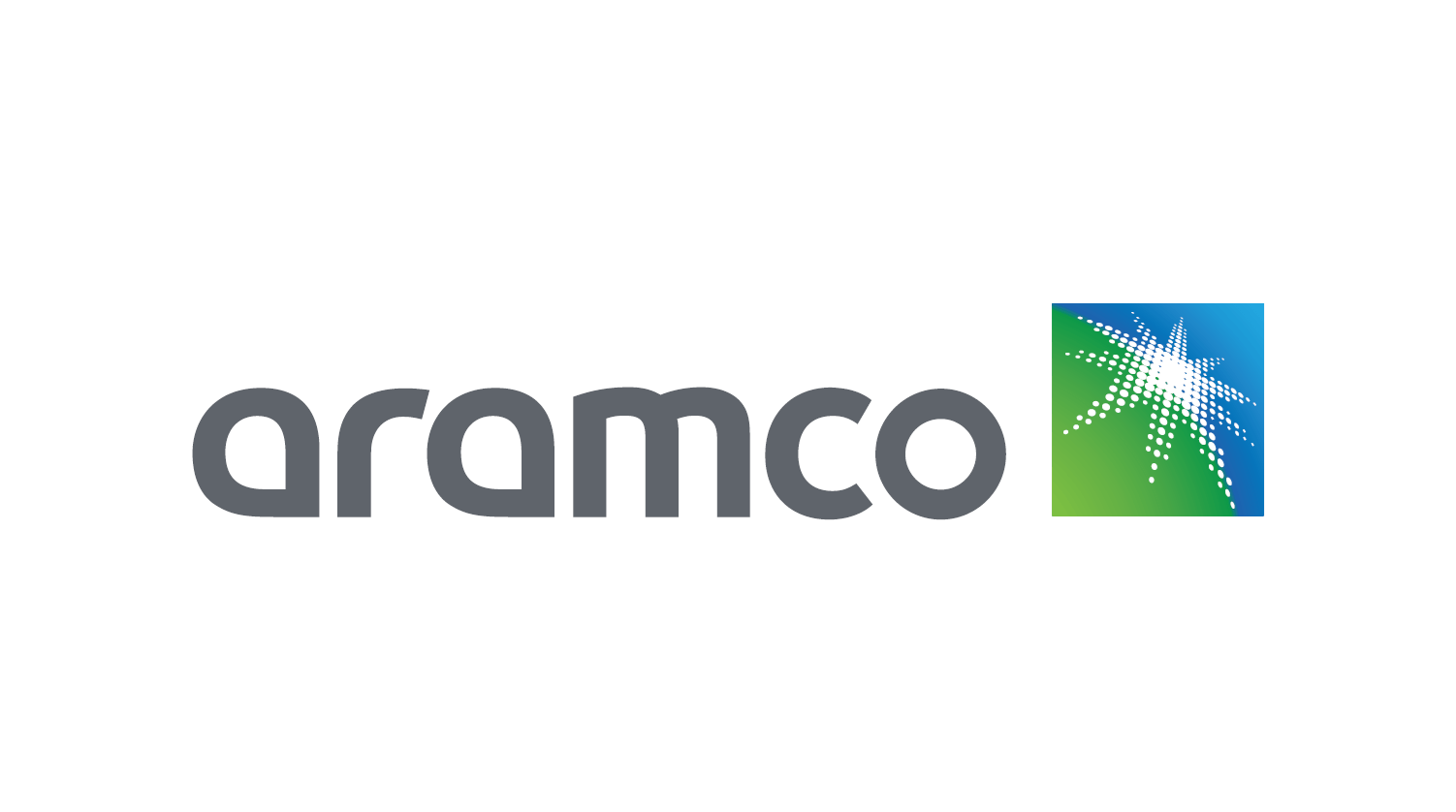Aramco and Stellantis collaboration indicates eFuel compatibility with European engine families

-
Stellantis and Aramco find that 24 engine families in European vehicles produced since 2014 (Euro 6) are compatible with expected eFuels formulations
-
Companies worked together using surrogate eFuels for the testing, according to existing fuel standards, as part of their pursuit of lower-carbon energy solutions
-
Aramco is exploring development of low-carbon eFuels as a drop-in solution to potentially reduce carbon dioxide emissions from existing vehicles
-
Stellantis endorses use of low-carbon eFuels and estimates it could reduce up to 400 million tons of CO2 in Europe from 2025 to 2050, if used in up to 28 million Stellantis vehicles
Stellantis has concluded that 24 engine families in European vehicles sold since 2014, representing 28 million vehicles on the road, are ready to use advanced drop-in eFuel without any powertrain modification, following months of testing at its technical centers across Europe. The tests were conducted using surrogate eFuels provided by Aramco, one of the world’s leading integrated energy and chemicals companies.
Low-carbon eFuel is a drop-in synthetic fuel made by reacting CO2, captured either directly from the atmosphere or from an industrial facility, with renewable hydrogen. The use of low-carbon eFuel has the potential to reduce carbon dioxide emissions from existing internal combustion vehicles by at least 70% on a lifecycle basis, compared to conventional fuels.
Ned Curic, Stellantis Chief Engineering and Technology Officer, said: “Our priority is providing zero-emission mobility for all with a focus on electrification, while our collaboration with Aramco is an important and complementary step in this journey for existing fleets on the road. We are exploring all solutions to reinforce our ambitious strategy of becoming a carbon net zero company by 2038. Drop-in eFuels can have a massive and almost immediate impact on reducing the CO2 emissions of the existing vehicle fleet, offering our customers an easy and economically efficient option to reduce their carbon footprint — one as simple as choosing a different fuel pump at the station, with no additional modification to their vehicles.”
Amer Amer, Aramco Transport Chief Technologist, said: “We are delighted to work with Stellantis, one of the world’s leading automakers, to assess the performance of our fuel formulations that are designed to represent expected eFuel characteristics in its existing vehicle engines. The results of the testing reinforce our view that synthetic fuel can be a drop-in solution in existing vehicles, and when produced via a low-carbon pathway it can play an important role in reducing carbon emissions in the transport sector and supporting an orderly energy transition.”
Through its long-term strategic plan Dare Forward 2030, Stellantis aims to halve its carbon footprint by 2030, benchmarking 2021 metrics, and achieve carbon net zero by 2038. Stellantis estimates that the use of low-carbon eFuels in up to 28 million of its European vehicles could reduce up to 400 million tons of CO2 in Europe between 2025 and 2050. Testing of the surrogate eFuels by Stellantis covers tailpipe emissions, startability, engine power, reliability endurance, oil dilution, fuel tank, fuel lines and filters, as well as fuel performance in extreme cold and hot temperatures.
Aramco is currently working on two demonstration plants to explore production of low-carbon synthetic fuels. In Saudi Arabia, Aramco and ENOWA (Neom Energy and Water Company) are working to demonstrate the production of synthetic gasoline for light-duty passenger vehicles. Meanwhile, in Bilbao, Spain, Aramco and Repsol are exploring the production of low-carbon synthetic diesel and jet fuel for automobiles and aircraft. In addition, Aramco is working with motorsport teams and competitions to further test and demonstrate the potential of low-carbon fuel as a drop-in solution to reduce carbon emissions from internal combustion engine vehicles.

